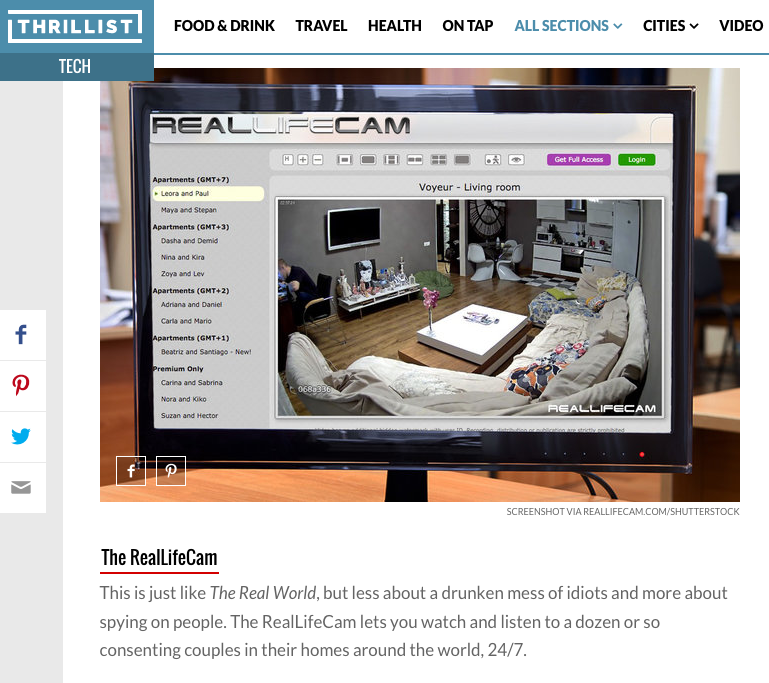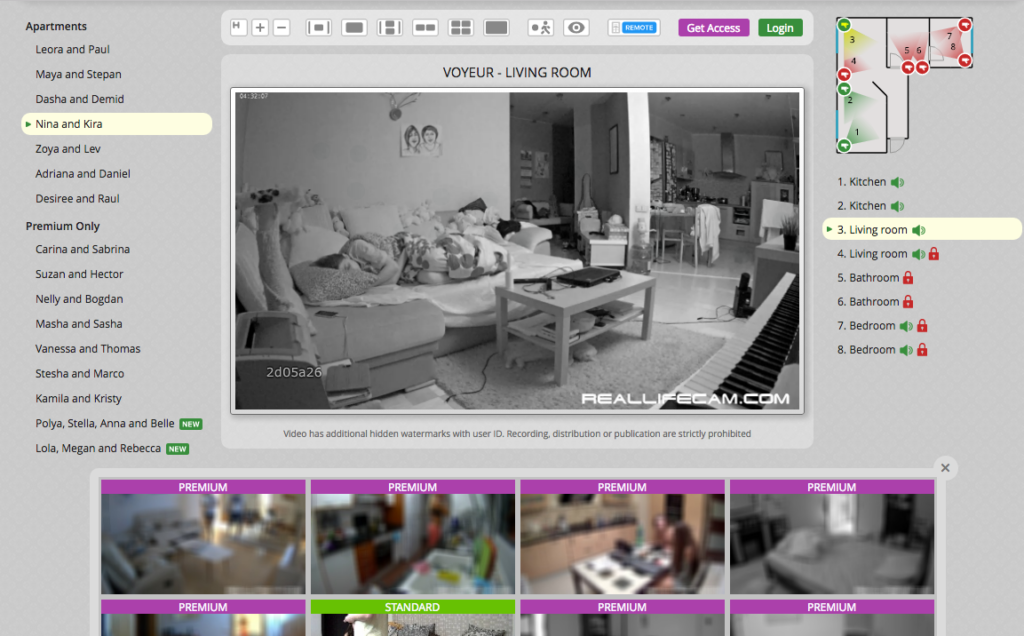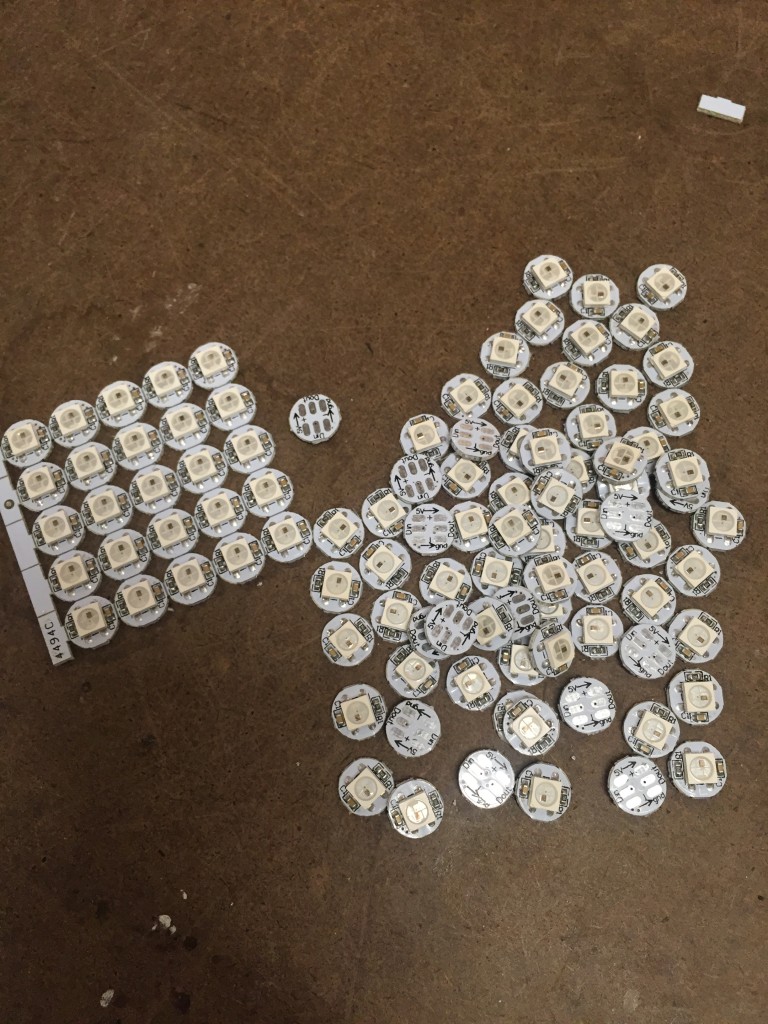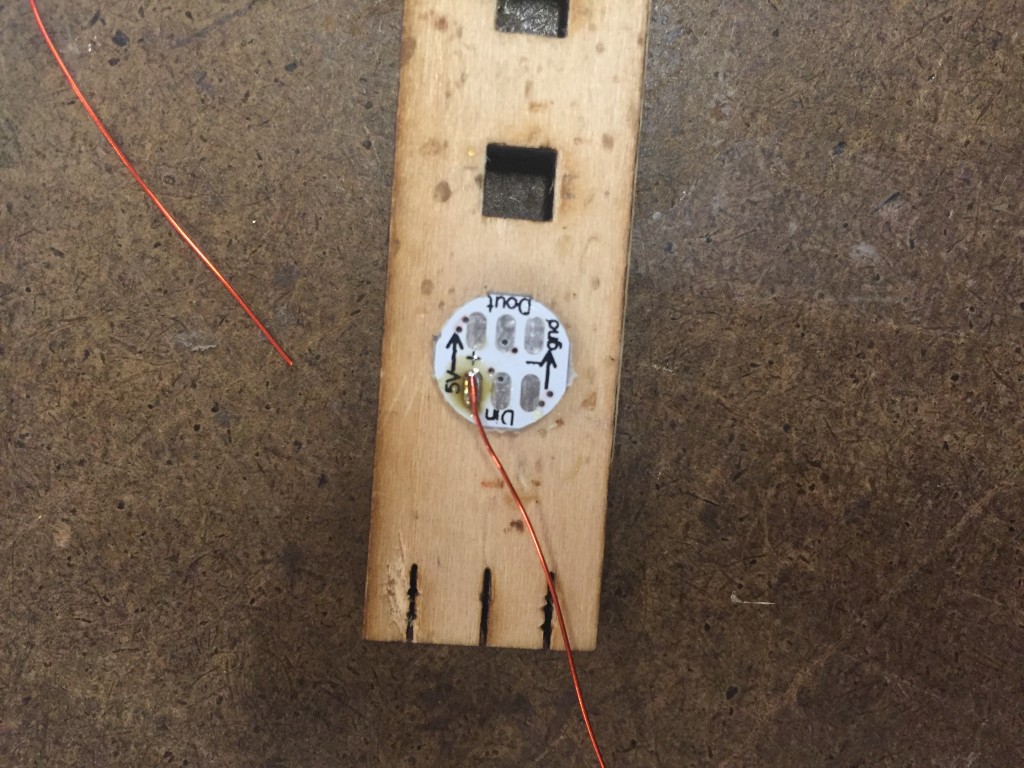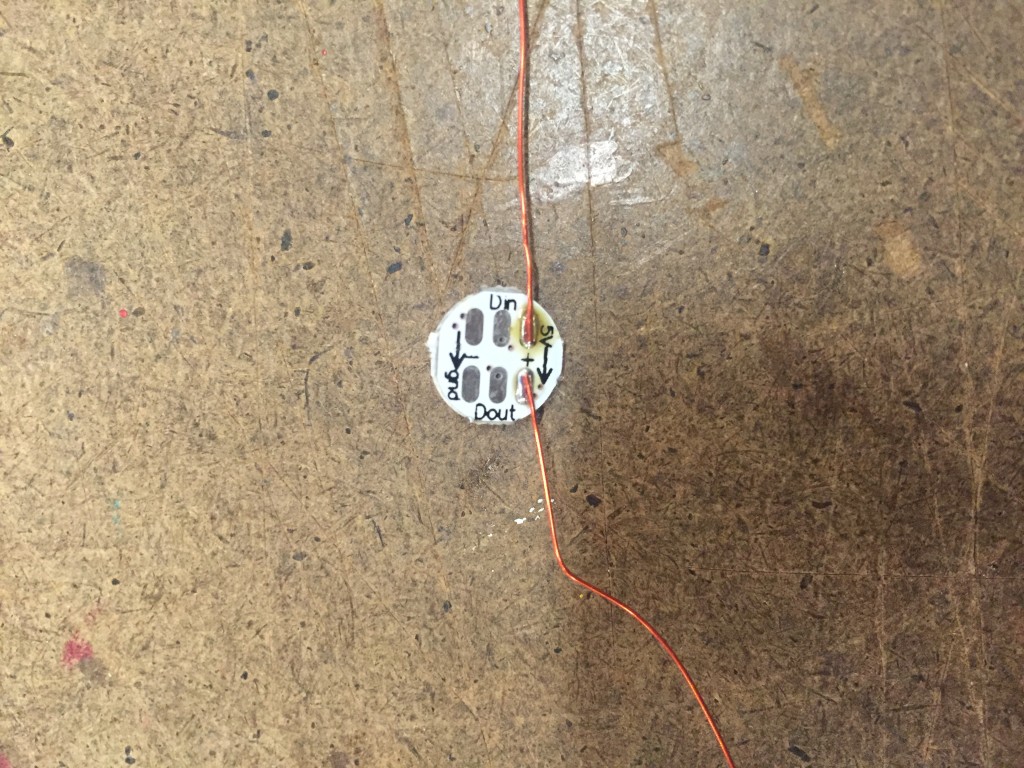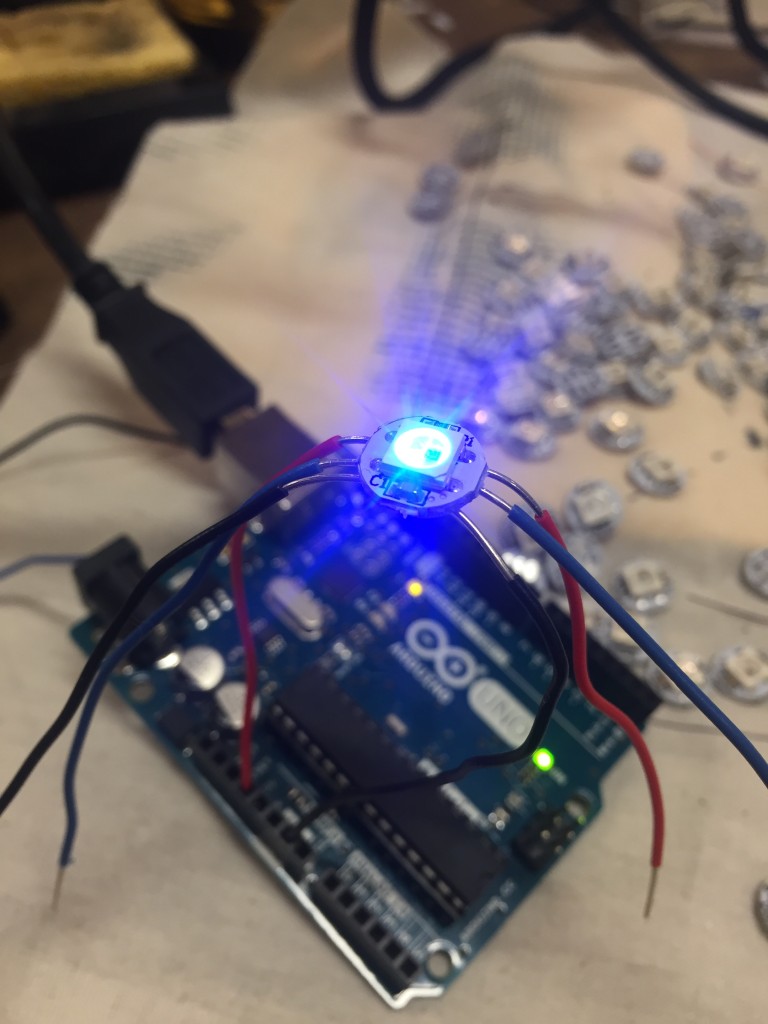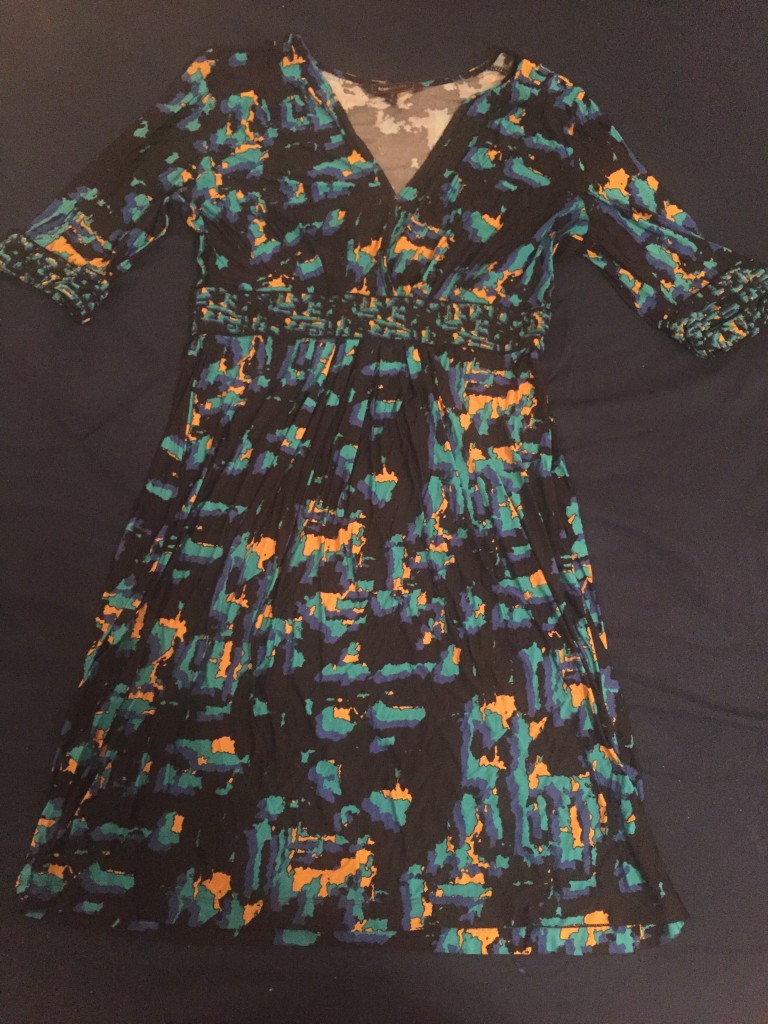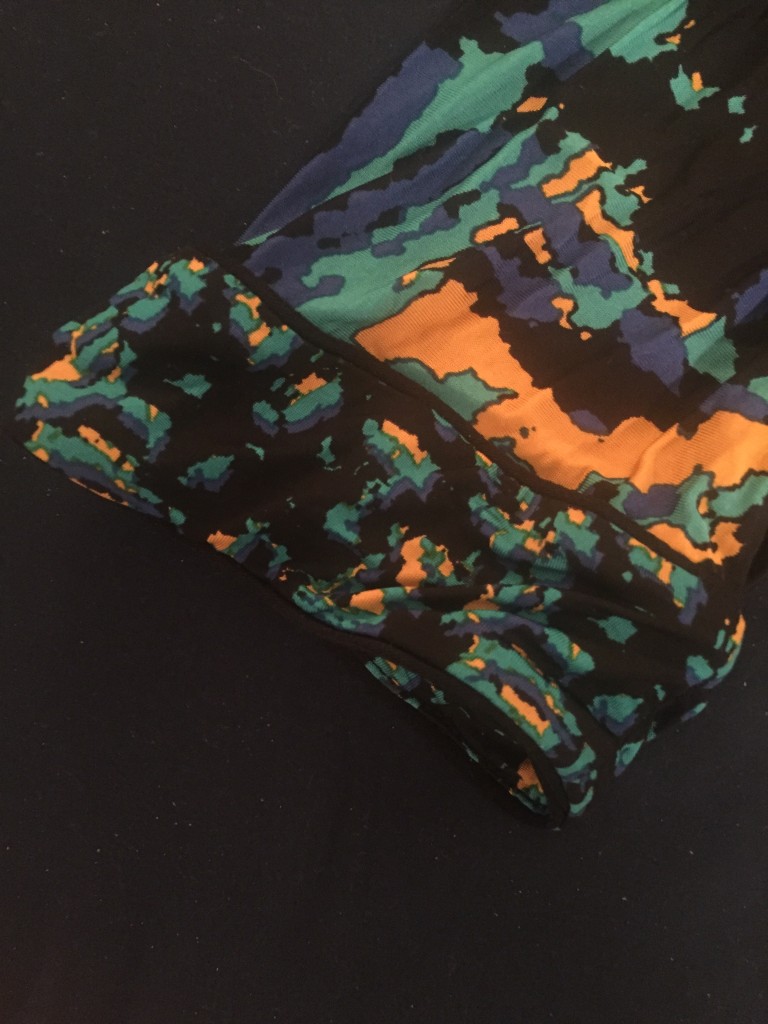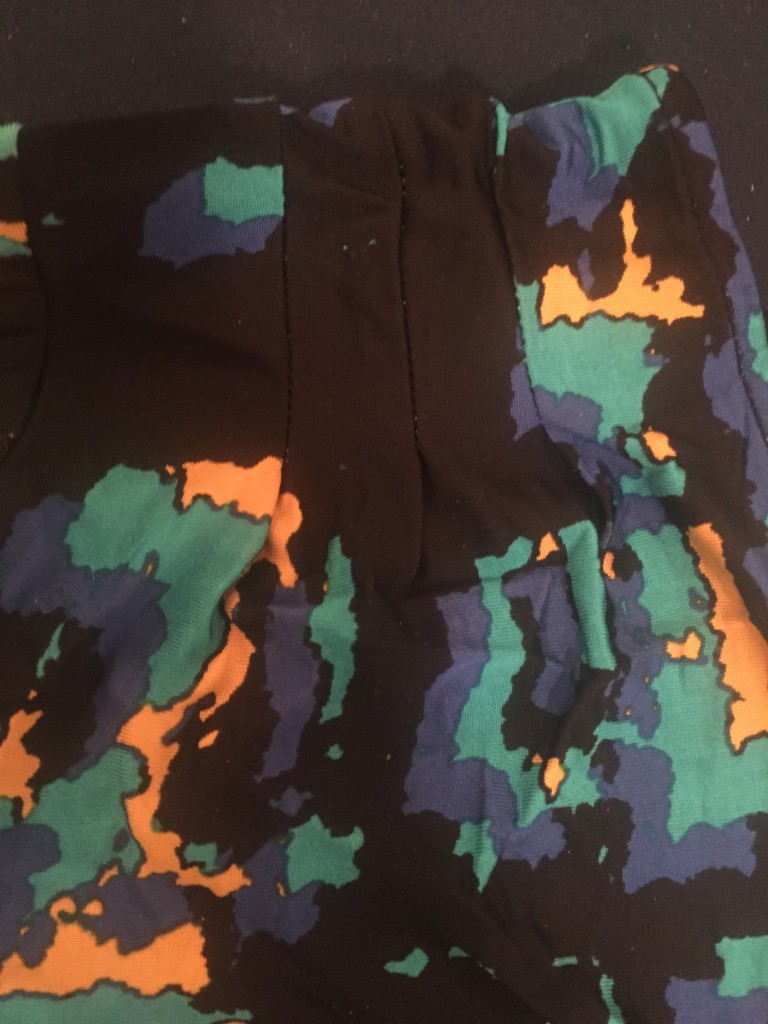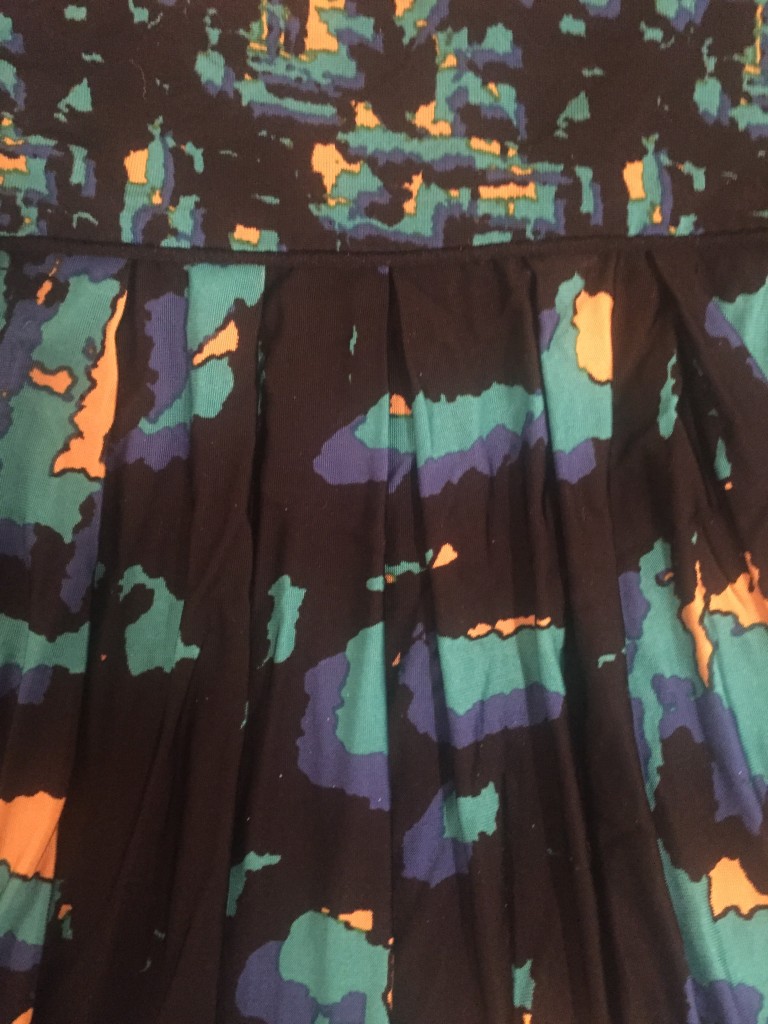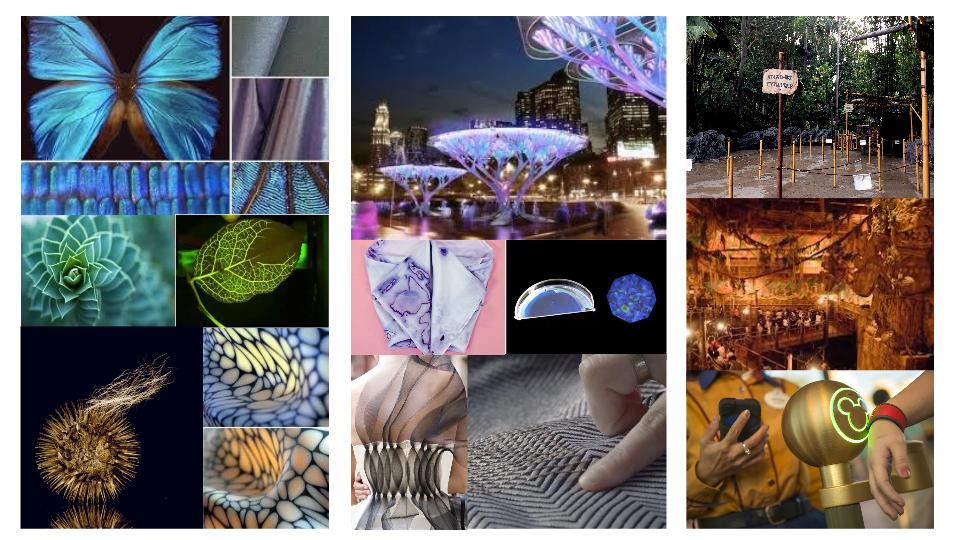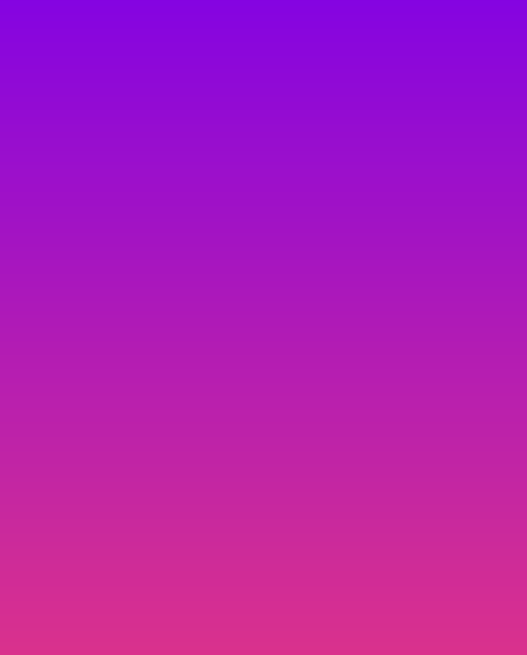I have heard of a few websites in the past that show live feeds but nevertheless, I went to trusty google to find some unusual ones. While I found a lot of them, these three are my favorite:
lasvegaschapel-vacuum1 from Lindsey Frances on Vimeo.
With a title like that, you expect to see some inebriated people making a big decision in their life. However, this one got more interesting. It instead turned into a live stream of vacuuming and lights turning on and off.
lasvegaschapel-vacuum2 from Lindsey Frances on Vimeo.
I did get excited as I saw a couple walk in but only to be disappointed to see them only looking at pamphlets later on. However, a friend pointed out “weddings happen one after the other…but to catch vacuuming a once a day activity…that is lucky.” What a lucky moment to catch on a live stream.
lasvegaschapel-vacuum from Lindsey Frances on Vimeo.
2. Real Life Camera NSFW!!!!
As described in the article I found on google, this is like MTV’s Real World only in a creepier way. Apparently, couples set up a bunch of cameras showing their apartments and you can switch between couples and views.
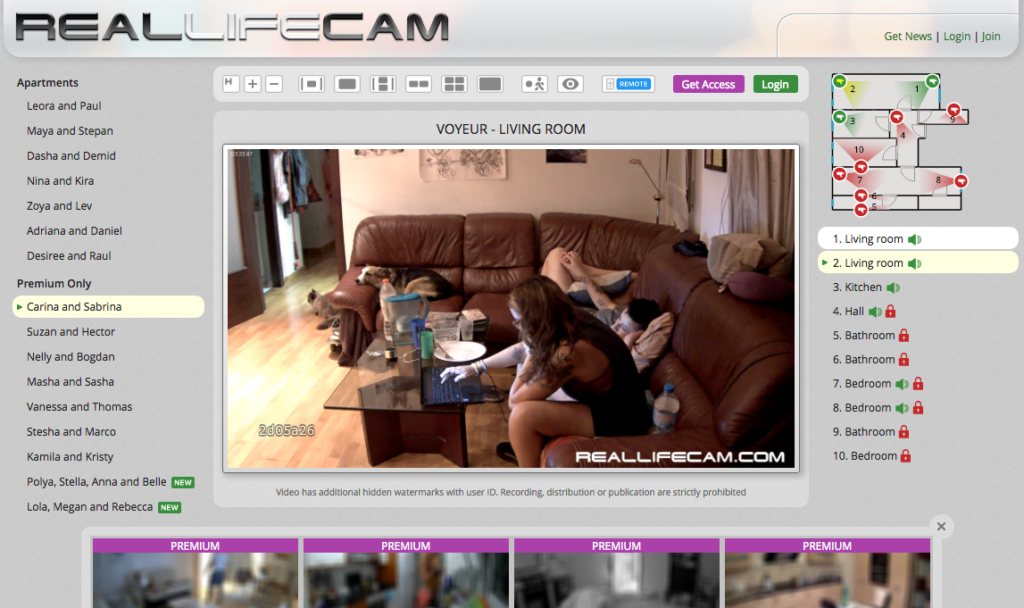 At first, there was no moment but then as I clicked on a hallway one I was fortunate enough to see a dog playing. This was surprisingly exciting which made me realize that live feeds are just about the moment and finding unusual things. It’s like a digital treasure hunt.
At first, there was no moment but then as I clicked on a hallway one I was fortunate enough to see a dog playing. This was surprisingly exciting which made me realize that live feeds are just about the moment and finding unusual things. It’s like a digital treasure hunt.
This idea was instilled even more in me when I clicked a new couple and saw a guy in his underwear playing video games as his assumed girlfriend sat naked on the couch. To me, this was somewhat what was to be expected. After a second, it also hit me that this was probably more of a sexual type site because who else would be watching it. Furthermore, what type of person is paying to see inside of bedrooms of couples. I can only assume. After this train of thought, I had to close the window. While it’s an interesting interface and works pretty well when switching (probably due to the collection of money), it’s not for me.
drivemeinsane from Lindsey Frances on Vimeo.
This one is the most interactive out of the three. While watching a home office, you are givent the ability to turn on and off different lights with the hopes of “driving him insane.” It’s interesting because you can completely miss the cat in it, who doesn’t seem to care at all about what is going on.
